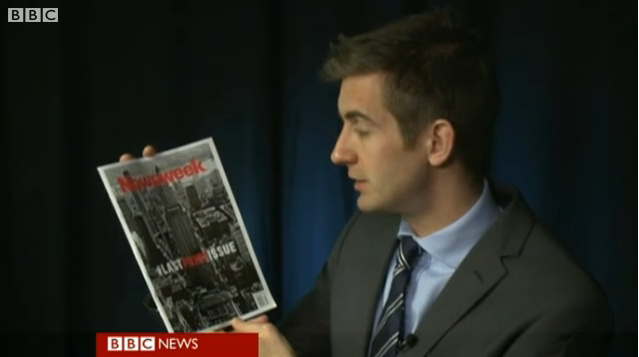High unemployment rates have hit graduating college students particularly hard in recent years. A Bureau of Labor Statistics study indicated that by October 2011, the graduates of the class of 2011 had an unemployment rate of 14 percent.
Many graduates, finding poor job prospects in their chosen fields, settled for part-time options wherever they could find them.
 Leading colleges, universities and entrepreneurs across the country have taken notice. Dynamic entrepreneurship programs are springing up and equipping students with actionable business creation and ownership skills. The goal is for students to graduate prepared to make money either by finding a job or by creating a business.
Leading colleges, universities and entrepreneurs across the country have taken notice. Dynamic entrepreneurship programs are springing up and equipping students with actionable business creation and ownership skills. The goal is for students to graduate prepared to make money either by finding a job or by creating a business.
Enter Shark Tank-style business plan competitions. Top educational institutions and foundations are pairing up with titans of industry to fund such competitions.
Lisa Barrentine, a Dallas real estate entrepreneur, decided that something was missing from the format. In an interview on nationally syndicated radio talk show, America Tonight, Barrentine shares one key business decision that greatly accelerated the growth of her business. It motivated Barrentine and business partner Nancy Richards to endow a different kind of business plan competition. They insisted on business plans with sustainable profit models and a “values” component—encouraging students to make money while making a difference.
First place winners of the 2011 Richards Barrentine Values and Ventures™ Business Plan Competition, Ayesha Ghaffar, Emily Hollingsworth and Emilie Lico impressed judges with their venture, Spring Back Recycling (formerly MattressWorks). The enterprise engages and employs formerly homeless and incarcerated workers to dismantle mattresses and recycle mattress parts. Spring Back creates jobs and equips employees with business training and a sustainable future while helping the environment. Lisa Barrentine applauds this type of empowerment.
The Spring Back Recycling team has proven the viability of their concept. The firm is now expanding to multiple markets. Spring Back Nashville, recently celebrated its first year in operation and has recycled over 15,000 mattresses, diverting in excess of 250 tons of waste from landfills.
The third annual Richards Barrentine Values and Ventures™ Business Plan Competition took place April 19-20 at the TCU Neeley School of Business. Undergraduate teams representing 30 universities from five countries competed for $43,000 in funding.
Click to hear the Lisa Barrentine radio interview and learn which key business decision accelerated growth and inspired the concept for the Richards Barrentine Values and Ventures Business Plan Competition.
The “Under 30 CEO” website showcased “The 15 Largest College Business Plan Competitions” in the country. Only one contained a values component, and most invited only graduate-level students from the host university.
The Richards Barrentine Values and Ventures competition is having a global impact. If you know entrepreneurial students who might be interested, visit the website of the Neeley School of Business at TCU to learn about past winners, or to review evaluation criteria.
Lisa Barrentine is CEO and President of the First Preston HT Family of Companies. Together with business partner Nancy Richards, during their 25-year history in real estate management and technology solutions, they have marketed and sold over 440,000 properties valued at over $40 billion. They have done so while demonstrating principles of corporate responsibility and donating over $16 million to community and service organizations. To learn more about the First Preston HT family of companies visit www.First PrestonHT.com .
 Effective August 23, 2013, HUD will be implementing a “Buyer Select” closing agent program in Missouri. All buyers whose contracts are executed on or after August 23, 2013, will now select their own closing entity.
Effective August 23, 2013, HUD will be implementing a “Buyer Select” closing agent program in Missouri. All buyers whose contracts are executed on or after August 23, 2013, will now select their own closing entity.








